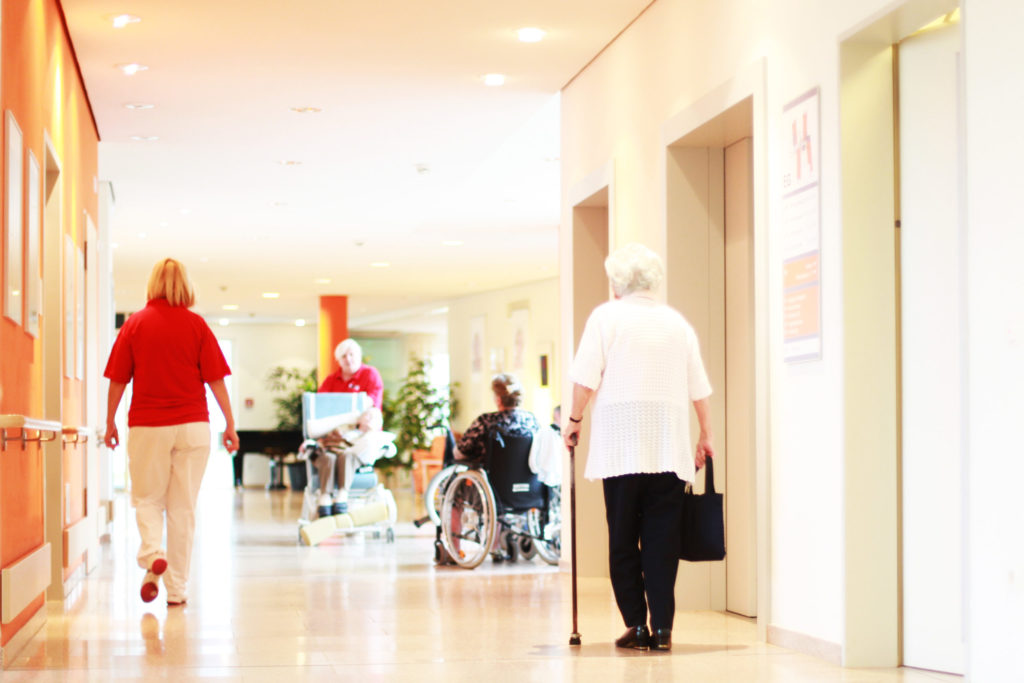Nowadays, elderly people want to stay at home as long as possible and since the health crisis this trend has increased. In some cases of dependency or cognitive decline, however, it is necessary to go to an institution for frail or dependent elderly people.
In France, there are several categories of establishments, the most common of which is the EHPAD (Etablissements d’hébergement pour personnes âgées dépendantes). Some people still associate it with the long-used generic term “retirement home”. The main difference between an old people’s home and an EHPAD is the medicalisation within the structure to be able to take care of dependent people. The EHPAD is a medicalised and collective accommodation facility that ensures the overall care of the elderly person. EHPADs can be public, private for-profit or non-profit. In 2019, there are 7,519 establishments.
There are other types of establishments, the main ones being
- Establishments for the elderly (EHPA): non-medicalised collective establishments intended to house elderly people who are still physically independent. 332 establishments in 20191.
- Independent residences (formerly “logements-foyers”): establishments offering frail or isolated elderly people accommodation in individual, well-designed units with collective facilities or services, such as catering, whose use is optional. 2291 such facilities in 2019.
- Long-term care facilities (USLD): facilities attached to hospitals that provide long-term accommodation for dependent elderly people whose state of health requires heavy medical care and constant medical supervision. 596 facilities in 2019.
- Maisons d’Accueil et de Résidence pour l’Autonomie (MARPA)2: establishments launched in 1980 by the Mutualité Sociale Agricole (MSA) as an alternative to retirement homes that can accommodate up to 24 elderly residents. They are housed in private homes in rural areas. Nearly 200 establishments in 70 departments in 20173.
- Senior citizens’ residences: which offer individual houses or flats, available for rent or purchase. The residences offer services that vary greatly from one residence to another. For example, there may be restaurants, activities, a swimming pool, household services, etc. 972 senior citizen residences at the end of 20214
Excluding assisted living facilities, in 2019, there were 10,734 accommodation establishments for the elderly, accommodating 727,930 people.




